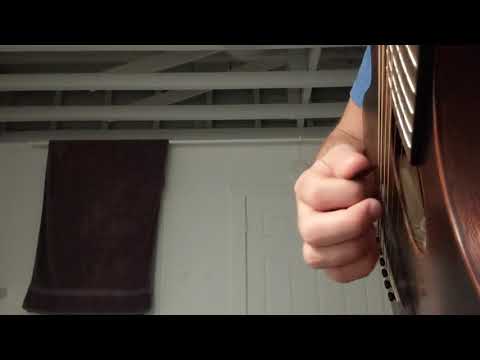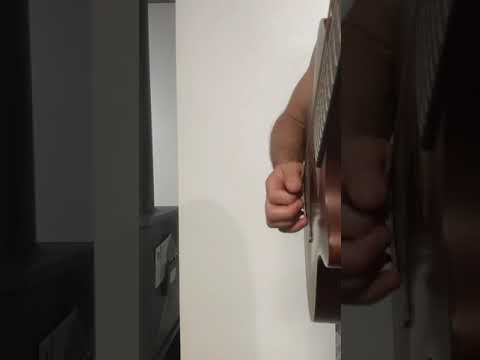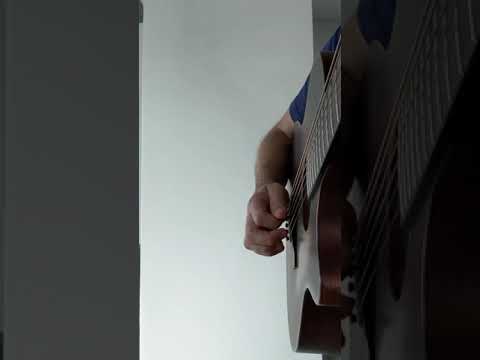Here’s a link to my dbx technique. I’m attempting to play as fast as I can without worrying about which string I hit, but making good contact with the strings. As you can see, it’s not that fast.
Here’s another of my tremolo on a single string.
And here’s one more of a pattern that uses some double escapes.
I’ve watched the CTC pick primer videos on dbx and am attempting to copy them.
It feels a bit too slow. I looked at my technique in slow motion, and it seems like I’m string hopping a bit on the downstroke. So maybe I need my upward angle of attack on my downstroke to be shallower?
I also noticed that as I transition from my downstroke to my upstroke, I drop the pick closer to the guitar, changing the angle of attack. That seems incorrect, because the upstroke should simply be the reverse of the downstroke, right?
Any other feedback is appreciated.





 - And to be honest neither is contemplated in the materials I’ve seen so far on ‘escape movements’.
- And to be honest neither is contemplated in the materials I’ve seen so far on ‘escape movements’.